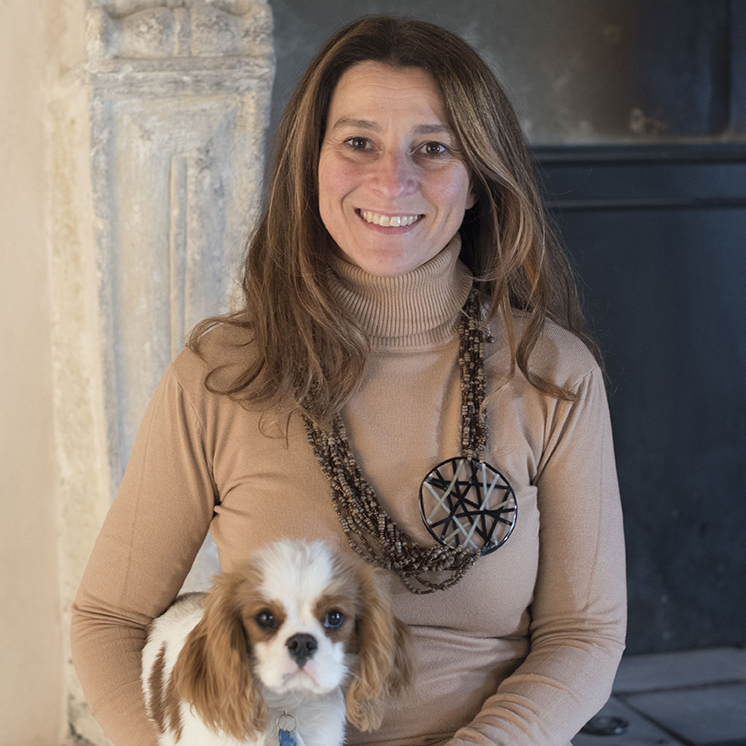Milan is today one of the largest metropolitan cities in Italy and Europe and the main economic and financial center.
It is an important cultural center, one of the world capitals of fashion and it contends with Verona the top of the international musical circuit thanks to the opera season of the Teatro alla Scala and its long opera tradition.
The symbol of Milan is the Duomo, located in the square of the same name. The basilica was born on the orders of Gian Galeazzo Visconti on the remains of the Basilica of Santa Tecla. The dedication is to Santa Maria Nascente and just the statue of the “Madunina”, in gilded bronze and four meters high, towers over the main spire to protect the city and its inhabitants.
The construction of the church began in 1386 and from the beginning it was characterized by the mix of Nordic and Lombard characters. It is considered a spearhead in the panorama of Gothic architecture.
It took more than four centuries before the work was completed: it was completed under the reign of Napoleon Bonaparte, who chose the Milan Cathedral for his coronation ceremony.
Next to the Duomo stands the Galleria Vittorio Emanuele, a link between Piazza Duomo and Piazza della Scala. It was built starting from a project from 1859 by architect Giuseppe Mengoni.
Always from Piazza del Duomo it is possible to reach, through via Verdi, the Castello Sforzesco. A decisive symbol of Milanese history, it was built by Galeazzo II as a defensive structure against Venice, but only Francesco Sforza first and Ludovico il Moro later made it confer its present form.
Behind it, there is the Sempione park, a real green lung, at the entrance of which is the Torre Branca.
Of extreme importance in the artistic and architectural panorama of the city is the Church of Santa Maria delle Grazie which houses the Last Supper, or the “Last Supper”, a painting commissioned by Ludovico il Moro and executed by Leonardo da Vinci, to whom the National Museum of Science and Technology.
There have been numerous restoration interventions to protect the work from deterioration over time.
The traces of the Florentine genius are not, however, all concentrated in the former monastery: another of his works, this time carried out together with Bertola da Navate, includes the construction of some Navigli.
Hydraulic in nature, they act as a link between Milan and northern Europe and between the Lombard lakes and the sea, but also as irrigation tools, water supplies and the transport of people and goods along the various canals and rivers.
The Basilica of Sant’Ambrogio, named after the city’s patron and dating back to the end of the 11th century, is another very important example of architecture. The church is the most shining testimony of Lombard Romanesque and, for this reason, it was a source of inspiration for the construction of other churches.
Finally, a particular mention deserves the Pinacoteca di Brera, in whose entrance stands the statue of Napoleon Bonaparte made by Antonio Canova.

